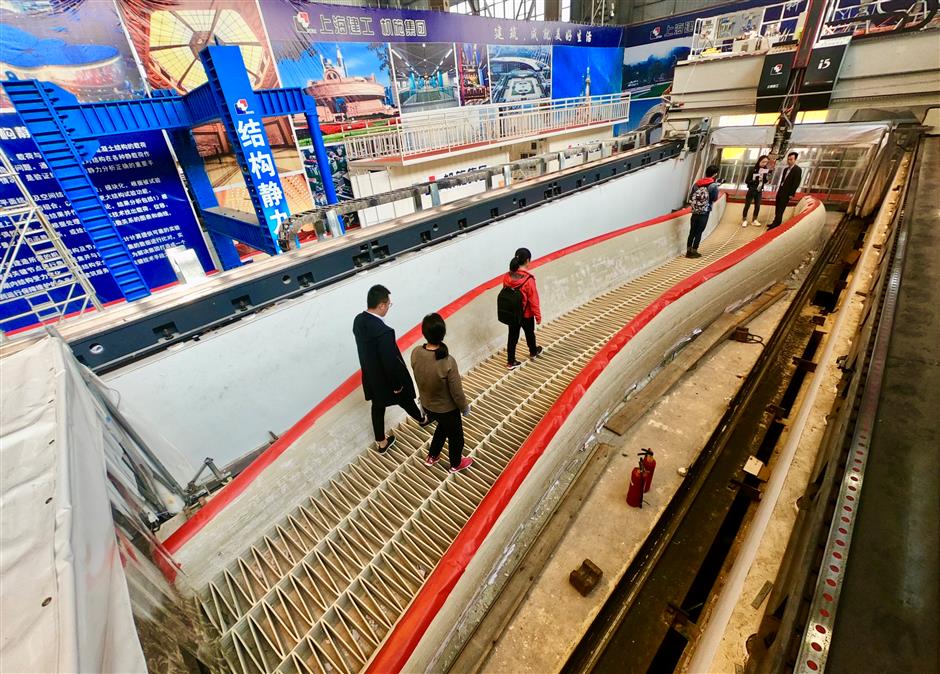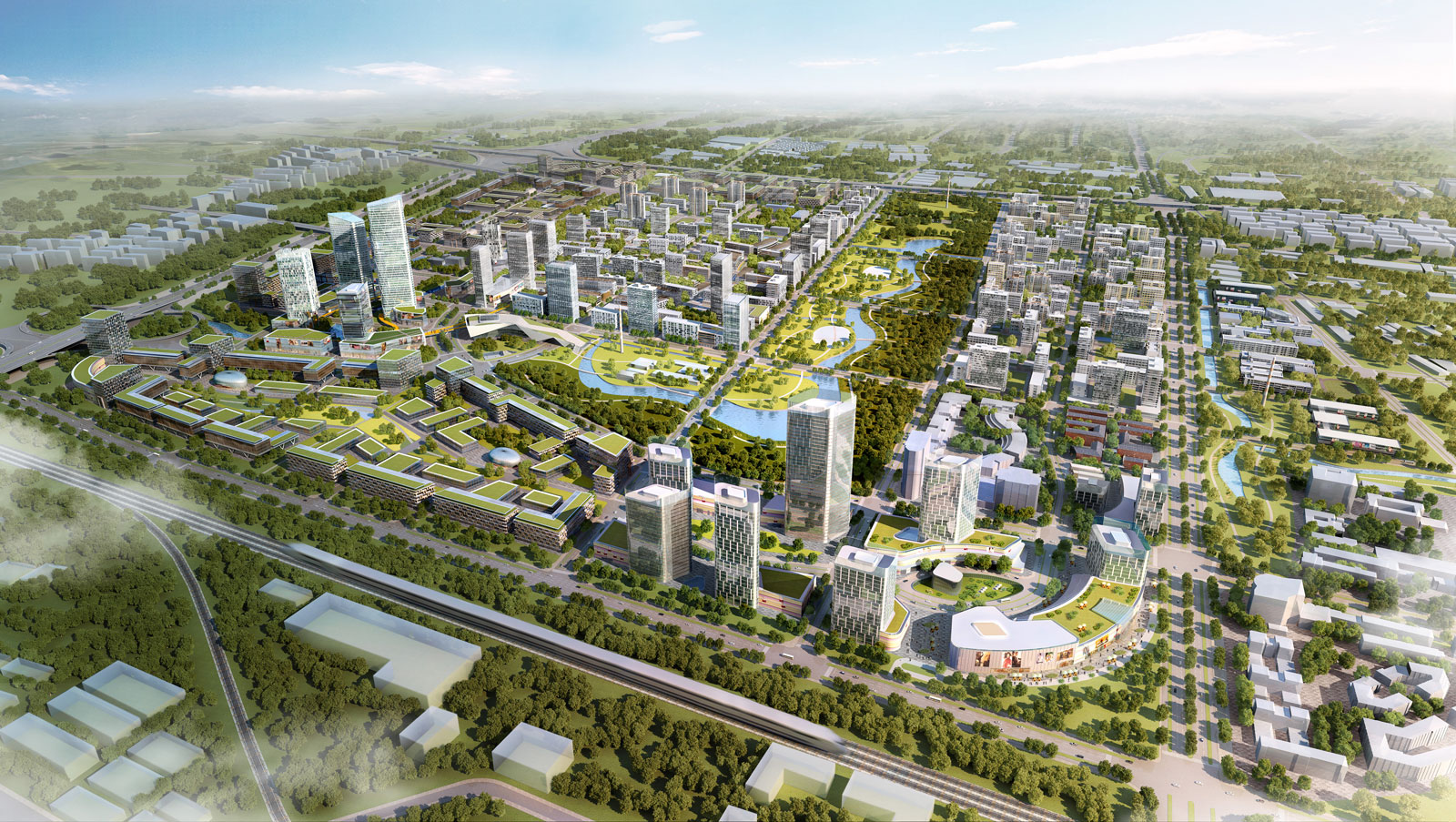Shanghai Mechanized Construction Group Co (SMCC), a Chinese construction company, and Polymaker, a 3D printing filament manufacturer, have partnered to 3D print a pedestrian bridge in Shanghai.
The bridge will be installed in the Taopu Smart City, Putuo District. The Taopu Smart City was designed by a German architectural firm, HPP Architekten, and covers 4.2 square km of northwest Shanghai region.

3D printed architectural feats
Even though a lot of applications of 3D printing are in the manufacturing sector, such as parts for automotive and aerospace, the technology has also shown architectural potential. Currently, NASA is exploring a Martian sustainable habitat made using automated 3D printers. On the Earth, this year in July a French family moved into a 3D printed house. Currently, a Dutch robotic and AM company MX3D is working on a 3D printed steel bridge in Amsterdam, something the company has done before.
In China too, Tongji University laid two 3D printed bridges in Shanghai, but only as a model.
But the latest Shanghai project, the motivation behind constructing a 3D printed bridge is urban renewal. According to HPP the idea behind Taopu Smart City is creating a “compact energy-saving city”, as Taopu is among the three heavily polluted areas in Shanghai.
The 3D printed bridge is a demonstration of a pollution free construction, and use of ‘smart’ technology.

3D printed bridge
The total weight of the bridge is 5800 kgs and it is 15.25 meters long and 3.8 meters wide. The 3D printer responsible for this construction itself is mammoth. It has a build volume of 24 meters length and 4 meters width and 1.5 meters high.
The bridge was printed using Acrylonitrile Styrene Acrylate (ASA), a robust plastic. ASA is resistant to heat and water, therefore, is an ideal choice for a structure meeting various weather conditions. For the bridge, the ASA was mixed with glass fibers to add strength.
After testing the bridge for endurance, the Deputy Chief Engineer of SMCC, Chen Xiaoming, said, “The bridge has a load of 250 kg per square meter, which means at least four adults can walk on it at the same time per square meter.”
The bridge is printed in one part and take 30 days and 5 hours. The final piece will be installed in Taopu Central Greenbelt, part of the Taopu Smart City. The Taopu Central Greenbelt is expected to be opened to the public in 2020.
For more news on 3D printed architecture, subscribe to our 3D printing newsletter. You can also follow us on social media: Facebook and Twitter.
If you are looking jobs in the industry then visit our 3D Printing Jobs.
Featured image shows a graphic representation of the Taopu Smart City. Image via BDP


